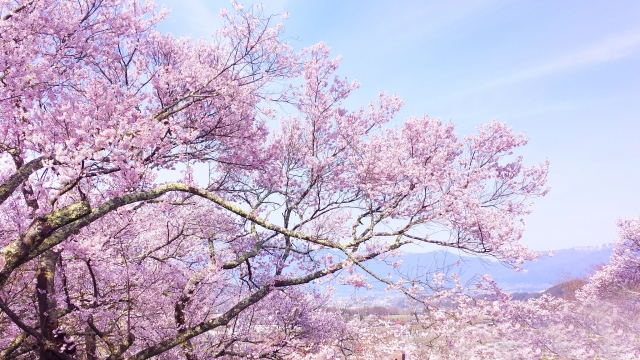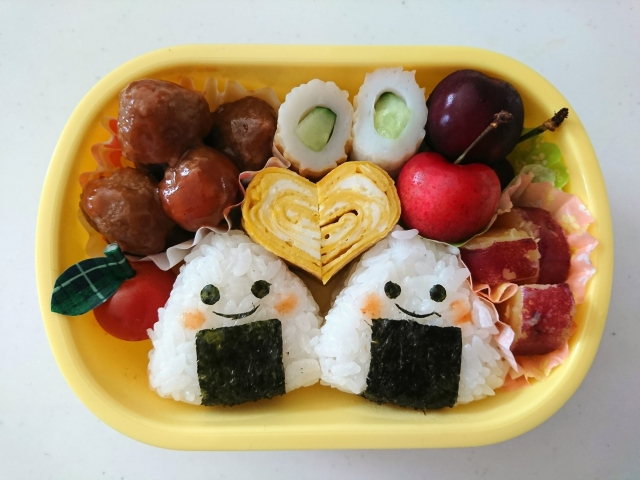Heterogeneous Generations in Elderly
A couple of days ago, I took a train in the suburb area of Tokyo. It was just before lunchtime, the autumn sun shone sharply through the windows, and all was a little chilly.
Heterogeneous Generations in Elderly Read More »









